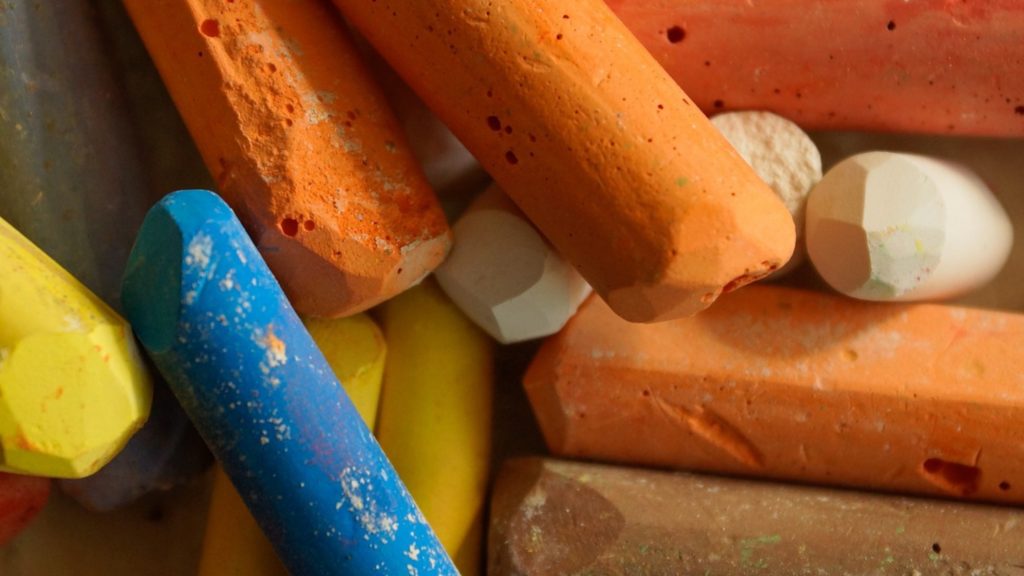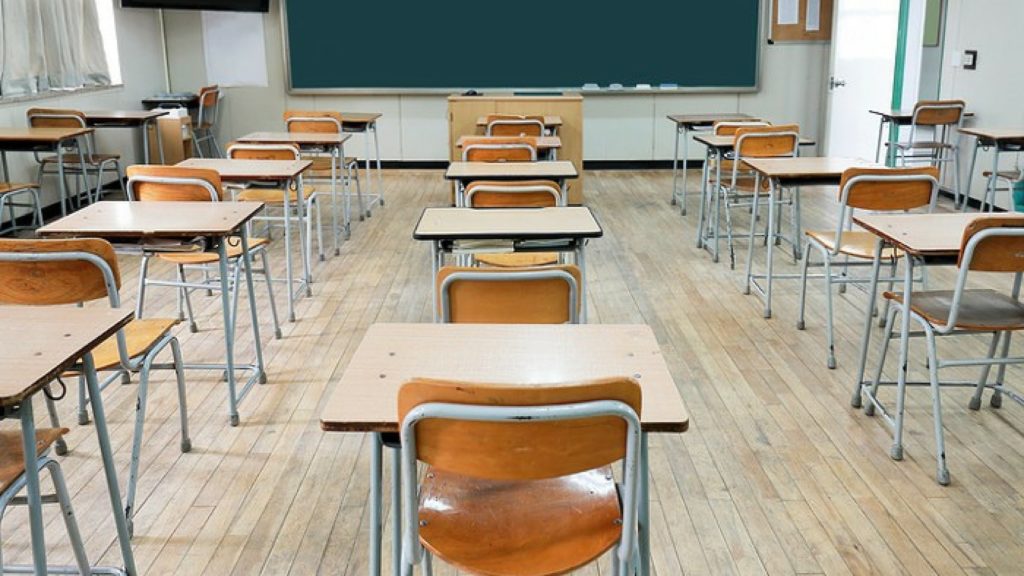How do we define classroom success?

Just how should we define classroom success? Every school and every teacher and the types of students they teach are all unique and make up individual combinations.
When training teachers and leaders, I would always tell them that the in outstanding teacher exists whether they are teaching in Alaska in an igloo, in the midst of freezing temperatures or in a mud hut in India, teaching in blistering heat with slates and chalk. By the way, not all schools are like that in those countries- these are just extreme examples!
Similarly, good and better teachers who demonstrated classroom success existed 100 years ago and as well as a thousand years ago, whether it was in the shape of Socrates or Helen Keller!

Of course, the use of technology e.g. iPad, interactive whiteboard and visualisers all help and are highly useful…However, nothing is more fruitful and mesmerizing than an effective teacher-pupil dynamic. The human element of teaching is still relevant today as it was 1000 years ago.
When carrying out learning walks, there are common things to look out for that could be defined as classroom success. Anybody should be able to pick it up. You expect Ofsted inspectors and senior leaders to know what to look for but really a successful classroom should be visible for anyone to see whether it is a parent or a visitor being shown around the school.
Here are some things to look for when identifying a successful classroom environment:
The teacher and pupil relationship is strong and tangible
This is the root of all successful classrooms. Never underestimate the power of interpersonal relationships. The teacher-pupil relationship must be one based on mutual respect and who challenge each other for the better.
Every child must feel safe, happy and comfortable to succeed and the teacher is their champion no matter who they are or where they come from.
There is a calm, purposeful atmosphere of engrossed learning.
Children are focused and on task and the tasks set are “instructional “. Not too easy and not too difficult. Not every lesson has to be quiet. Lessons that are noisy e.g. where experiments are being done or discussions and debates are being had can still be successful as long as children are on task and learning.

Parent carer, teacher, pupil relationship is evident
This trio is vital. While most schools try to get it right on most occasions when guiding a child, the home environment can remain an anomaly for many children and beyond the school’s control. Unless of course, things at home become a safeguarding concern. A warm, loving stable home can enhance a child’s development. While that can’t always be guaranteed, teachers who include parents and carers in their child’s education are in a win-win situation.
The classroom is stimulating, clutter-free and accessible to all learners.
There is a print-rich environment which supports children in reading. Book corners are warm, open and inviting with a range of books that entice even the most reluctant reader. Pupils who have particular needs are supported with aids and working walls have resources that inform, guide and remind pupils what they are learning. Everything is accessible and different stages of pupils’ work and learning is celebrated.
Children lead on the learning
In the most successful classrooms, it is the children who are in charge of the learning and the teacher and the teaching assistant, support and facilitates. There is a balance of teacher input and student response which challenges all learners, including the relevant professionals, and moves them forward.
The level of challenge and consistency of approach must be clear and identifiable and it should be evident that every child is succeeding, regardless of the barriers they may have. Furthermore, there are strong interpersonal relationships between all the people in the classroom and there are minimal or no behaviour issues.
We can talk about classroom success till the cows come home. Education is the hottest topic and is on everyone’s agenda. Good and better teachers are necessary! Full stop.

Nothing is more crucial to support classroom success than the teacher’s own wellbeing. Teaching is one of the toughest jobs in the world. Trying to push learning day in, day out, and be on your feet, as well as think on your feet, in front of groups of young people is extremely challenging. That’s not to mention the myriad of roles they have.
Furthermore, teaching young children and young people that are discerning -and highly capable of baying for your blood (no matter what age they are) and who knows what’s what can be draining and exhausting without the right support.
Currently, there are too many teachers leaving the profession. It is not just pertinent to the UK, it is a global issue! Even in 2001, the OECD highlighted the concerns about the teacher shortage in its education policy analysis, “Teacher Exodus- The Meltdown Scenario”. Ingersoll argues that keeping teachers in the profession is one of the biggest problems that public policymakers face.
For me personally, I am always intrigued as to why someone no longer wants to be a teacher as teaching is a vocation. Everyone has a story as to why they no longer want to do it and it is one that schools, local authorities and the government need to find out more about.
In order to succeed, teachers and those that are going to be future educators need to be well-rested, physically fit and must have a healthy work-life balance. They need to be given the freedom to plan and teach and be well supported by leaders, public policy makers and the government.
This is so that classroom success can continue both for the current generation of learners and future ones.








Responses